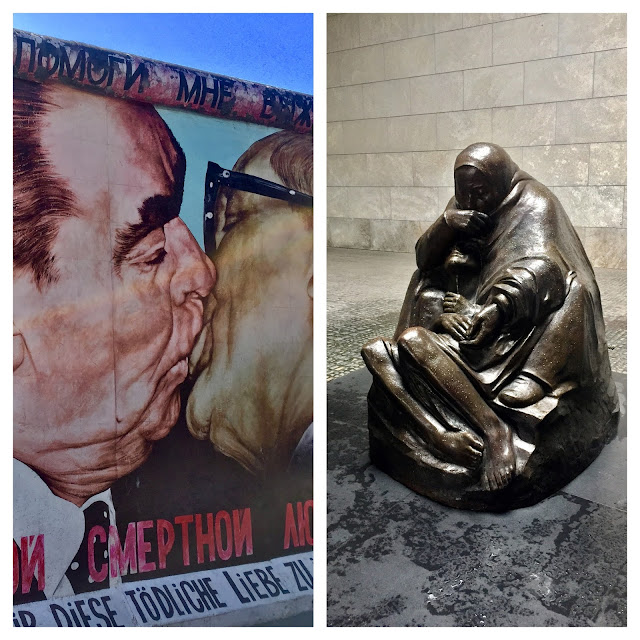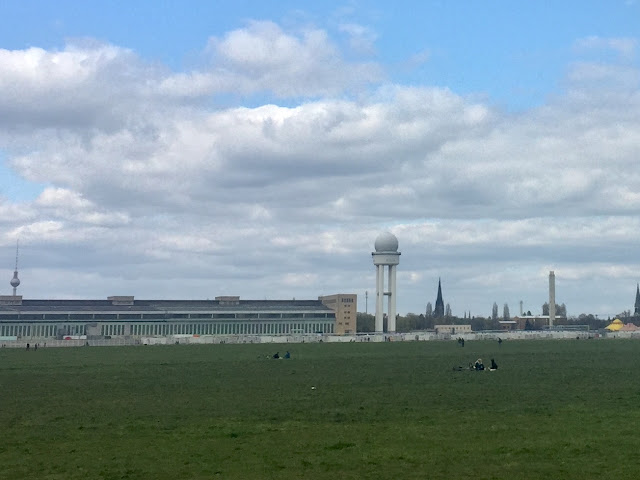From being a humble fishing village to becoming a multi-ethnic metropolis, Berlin is a relatively young city with an intense and tumultuous history.
To walk through Berlin is to walk through time and breathe history at every corner. The city has a troubled past, and yet, just like a phoenix, it was able to be born again and again, always different and at the same time always the same, refusing to forget what happened before: traces of the past are scattered throughout Berlin. There are monuments and memorials as well as historical buildings or protected open areas, so that things of the past can never be forgotten.
 |
| Left: East Side Gallery; Right: Pieta by Kate Kollowitz |
Berlin is a very large city: almost 900 square kilometers in which you can find everything. There is everything you expect to find in a European capital: palaces, castles, and monuments; museums (170 in total, 5 of which, on the Museum Island, are UNESCO World Heritage Sites); 80 public libraries; the oldest zoo in Germany; factories and industries; hospitals; shopping centers; cafes, bars, restaurants; the highway and the airport; subway, surface trains, streetcars and buses. Alongside these purely urban elements are many parks (2500), forests and woods (which occupy an area of 29000 hectares), beaches, rivers, lakes and canals for a total of 200 km of waterways. Futuristic buildings that rival New York’s skyscrapers – just go to Potsdamer Platz, or to City West, the completely renovated area around Christiane F.’s Bahnhof Zoo – next to tiny Dorfkirchen, the “village churches”, some of which date back to the 13th century.
 |
| Motel One, City West |
 |
| The Fernsehturm next to the Marienkirche |
 |
| Entrance to the Deutsches Historisches Museum by architect I.M. Pei |
Berlin is the city of Frederick of Prussia and Alexander von Humboldt, but it is equally the city of Marlene Dietrich, Rosa Luxemburg and David Bowie; the city of the Fernsehturm and the Brandenburg Gate; the city where you can find the largest sundial and the oldest traffic light in Europe; the city with 24 castles, 3 waterfalls and a tree born in 1295.
 |
| Treptower Park |
Getting lost is a great way to discover a city, so don't miss this opportunity to GET LOST IN BERLIN with me! I will tell you stories and show you places that are not always included in your city guide.
Let's go on an adventure and enjoy the ride!
NOTE: All photos are mine and cannot be used without my permission.







Comments
Post a Comment